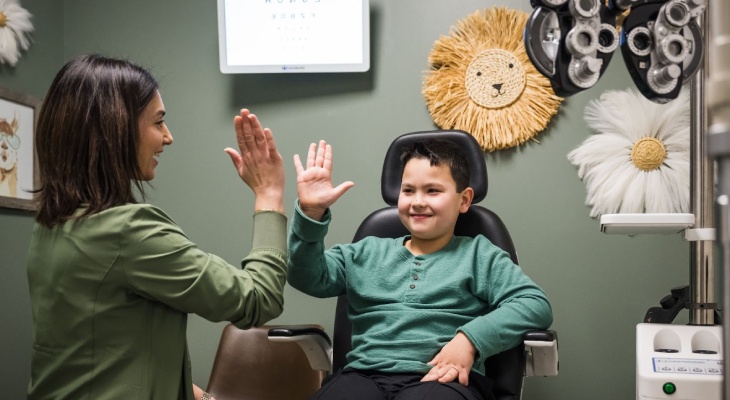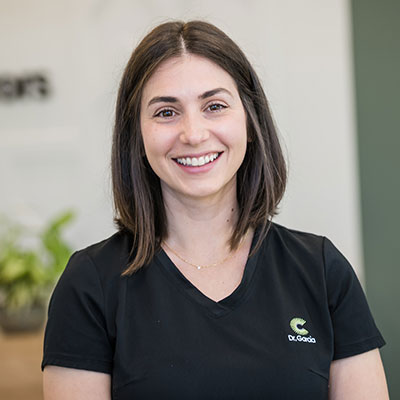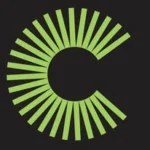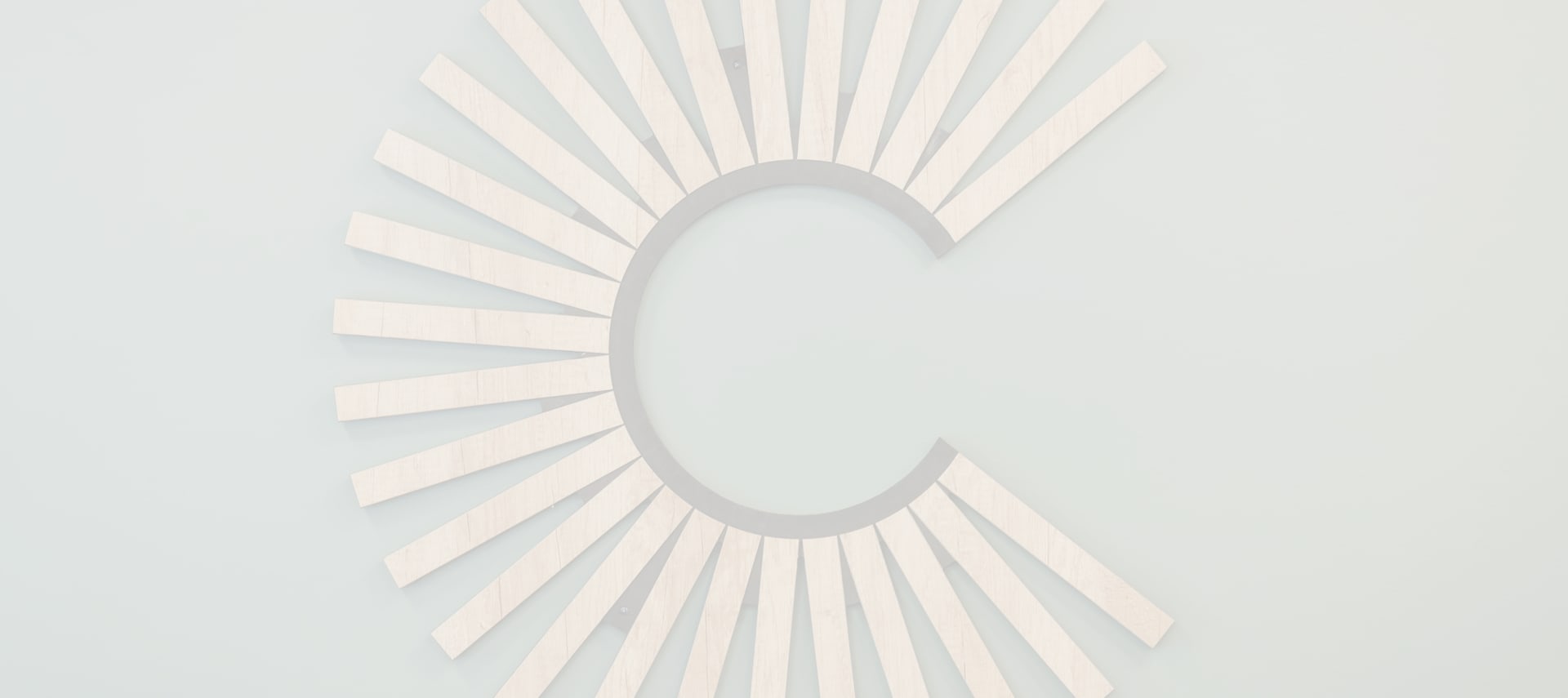Did you know that myopia (nearsightedness) is now considered a global epidemic? With more children being diagnosed at younger ages — and at faster rates — Myopia Awareness Month is the perfect time to get informed and take proactive steps to protect your child’s vision.
As parents, we want to give our children every advantage to grow healthy, confident, and strong — and that includes protecting their vision. Yet today, more children than ever before are developing a condition called myopia, or nearsightedness, at younger ages and faster rates.
At Carolina Eye Doctors, we’re here not just to help your child see clearly today, but to protect their vision for the future. That’s why we are proud to be one of the first practices in the country to offer Myopia Master®, the latest in diagnostic technology for early detection and management of myopia.
What Is Myopia?
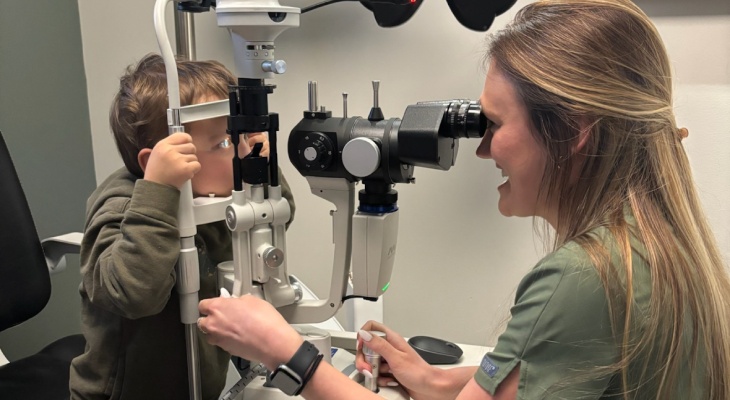
Myopia is the ability to see objects up close clearly, but distant objects appear blurry.
Most children are actually born farsighted, and during the early years, their eyes grow and naturally adjust until they achieve clear, normal vision. Once this balance is reached, eye growth is supposed to slow down and stabilize.
But sometimes, the eye continues to grow — becoming longer than it should — and that’s when myopia (nearsightedness) begins to develop.
Why Is Myopia Happening Earlier and Faster?
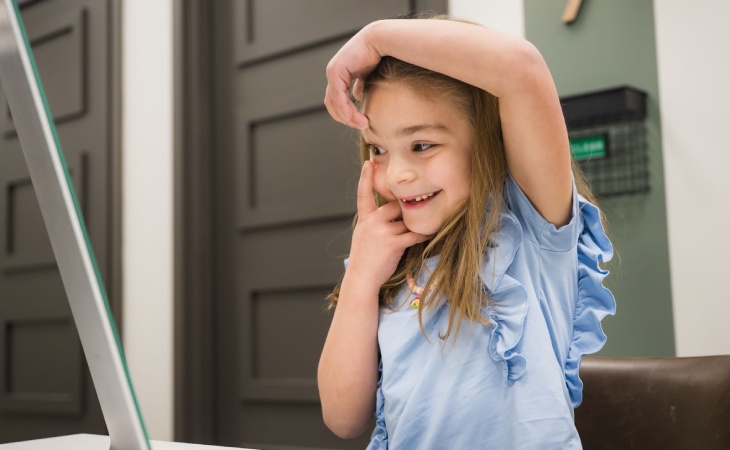
Today, about 1 in 3 children are nearsighted, and that number is still rising. Today’s modern lifestyle looks very different than it did just a generation ago — kids are spending more time on screens (tablets, smartphones, and computers), less time playing outdoors, and doing more intense up-close work like reading, homework, and using digital devices. For many children who are just starting to develop myopia, this very moment may be the clearest their natural vision will ever be in their lifetime, as nearsightedness typically progresses with age.
The most dramatic changes in myopia usually happen between the ages of 6 and 16 — a time when kids are growing quickly, and so are their eyes. That’s why early intervention is key.
By starting treatment early, we can:
- Slow down or even stop the progression of myopia
- Reduce the need for stronger, thicker glasses year after year
- Lower the risk of serious eye diseases later in life
- Give your child the best chance at clear, healthy vision for the future
Even if your child already wears glasses or doesn’t seem to have any trouble seeing, it’s still important to have a comprehensive eye evaluation. Catching the early signs of progression can make all the difference.
Why Managing Myopia Early Makes All the Difference
Traditionally, glasses or contact lenses have been used to correct blurry vision. But here’s what’s important to know: while glasses and contacts can improve sight, they don’t stop the eye from continuing to grow longer, which is what causes myopia to worsen over time.
Children with myopia are more vulnerable to a range of sight-threatening diseases, including glaucoma, cataracts, and macular degeneration. In fact, myopia is now recognized as the sixth leading cause of blindness worldwide.
The risks grow even greater as myopia worsens:
- More than 50% of non-traumatic retinal detachments are linked to myopia.
- Even mild to moderate nearsightedness (around -3.00 diopters) increases the risk of retinal detachment tenfold.
- For higher levels of myopia (greater than -6.00 diopters), the risk skyrockets to 16 times higher than normal.
Slowing myopia progression isn’t just about clearer vision today — it’s about protecting your child from serious risks like retinal detachment, glaucoma, and early cataracts in the future. This is why simply updating glasses every year isn’t enough anymore. Today, we have proven ways to slow — and even stop — myopia from getting worse. That’s why early detection and effective management are critical.
Clinically Validated Treatments for Myopia Control
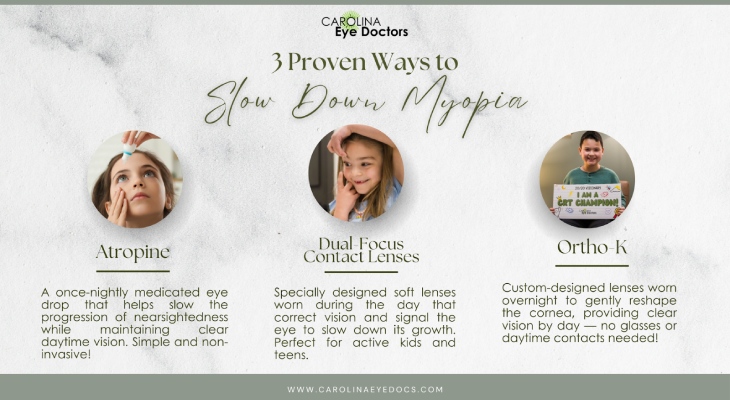
There are 3 clinically validated treatments proven to slow the progression of myopia in children.These include overnight orthokeratology (Ortho-K) lenses, daily disposable soft contact lenses like MiSight®, low-dose atropine eye drops, and specially designed dual-focus contact lenses. Research consistently highlights that early intervention with these strategies can significantly reduce the rate of eye growth and lower the risk of developing serious eye conditions later in life. Combining clinical treatments with lifestyle changes — such as increasing outdoor time and reducing prolonged near work — further enhances the success of myopia management.
1. Orthokeratology (Ortho-K)
Ortho-K involves specially designed custom contact lenses, FDA since 2002, that are worn overnight to gently reshape the front surface of the eye (the cornea). In the morning, your child removes the lenses and enjoys clear vision throughout the day — no glasses or daytime contacts needed!
Benefits:
- Slows down the progression of myopia
- Provides clear vision without daytime glasses or contacts
- Ideal for active kids and athletes
2. Low-Dose Atropine Eye Drops
Atropine drops, used in very low concentrations, have been shown to effectively slow down eye growth in children with progressing myopia. These drops are typically applied once daily at bedtime.
Benefits:
- Non-invasive and easy to use
- Works alongside glasses or contact lenses
- Particularly useful for younger children or those not ready for contact lenses
3. Dual-Focus Contact Lenses
Soft contact lenses specifically designed for myopia control in children. Unlike standard lenses, dual-focus contact lenses use a special design that corrects vision while simultaneously signaling the eye to slow down its growth.
Benefits:
- Easy and safe daily wear
- No need for cleaning or storing lenses
- Clinically proven to slow myopia progression
Lifestyle Recommendations
In addition to clinical treatments, small lifestyle changes can also make a meaningful impact:
- Increase outdoor time: Aim for at least 2 hours per day
- Take regular screen breaks: Follow the 20-20-20 rule (every 20 minutes, look 20 feet away for 20 seconds)
- Maintain good lighting: Bright, natural lighting during reading and homework can help reduce eye strait
- Limit screen time (including phones, tablets, computers, and homework) to under two hours daily when possible
- Keep devices and books at a healthy distance (about an arm’s length away) and make sure indoor lighting is bright and comfortable, especially during close-up activities.
How Do I Choose the Right Option?
Choosing the right myopia management plan depends on several factors, including your child’s age, lifestyle, degree of myopia, and their comfort level with different treatments. During your child’s comprehensive myopia consultation at Carolina Eye Doctors, we use advanced technology like the Myopia Master® by Oculus to accurately measure eye growth, axial length, and refractive error — giving us the clearest picture of their risk and progression. With this detailed information, we can recommend a personalized plan that fits your child’s unique needs.
In many cases, the most successful strategies combine treatments — for example, pairing low-dose atropine drops with glasses, or starting Ortho-K while encouraging healthy visual habits like more outdoor time and regular screen breaks.
Let’s Take Action This May
This Myopia Awareness Month, let’s work together to protect your child’s most valuable sense — their sight. If your child is nearsighted — or if myopia runs in your family — now is the perfect time to take proactive steps.
Schedule a comprehensive Myopia Management Consultation today and let us care for your child’s vision with the same warmth and attention we’d give our own. With non-invasive technology, gentle hands, and big smiles, we’ll make sure your little one feels safe, supported, and confident every step of the way.

